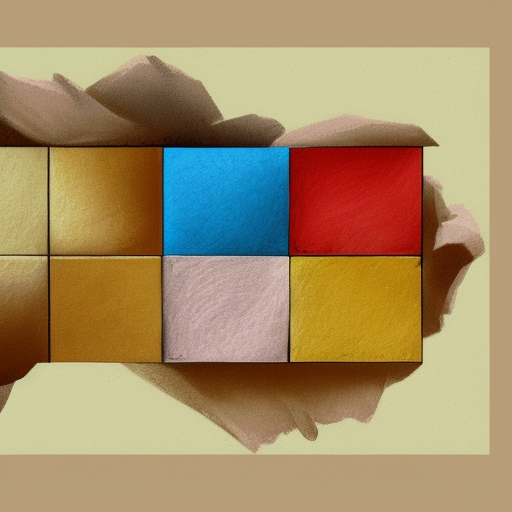
The proof is on Arvix here (https://arxiv.org/abs/2212.09835) and discussed here (https://t.co/TByPMW2sY2). Will it prove to be essentially correct?
If there are flaws in execution, but they are fixed in reasonable time (e.g. <1 year after a flaw is found) and the overall approach works, or no flaws are found by the deadline, this will resolve to YES. If the proof cannot be salvaged within a year, or the authors publically say it can't be fixed, it resolves to NO. If the proof has no known flaws at the end of 2023, it resolves to YES.
(I will probably rely on Austin to resolve gather the intel and resolve this market)
🏅 Top traders
| # | Trader | Total profit |
|---|---|---|
| 1 | Ṁ107 | |
| 2 | Ṁ89 | |
| 3 | Ṁ88 | |
| 4 | Ṁ62 | |
| 5 | Ṁ56 |
People are also trading
John Carlos Baez 25 mins ago:
“A short proof of the Four Color Theorem! 🎉
Unfortunately it's wrong and cannot be salvaged.😢
You can see why in the comments starting here…”
https://twitter.com/johncarlosbaez/status/1606719407257899008?s=46&t=Z4uziDXFLzWNhslkdGg6jQ
Section 4.2 claims to prove that every map Q of the form (S1 • T1) • (S2 • T2) is 4-colorable, where • means "join these maps by identifying exactly one vertex" and each of the S1, S2, T1, T2 contain at least one edge. But you can take any map and create a new map of that form by just adding a "tail" of three new points -x-y-z, resulting in S1 being your original map, T1 being some vertex in your original map plus the new point x and the edge between them, S2 being x and y with the edge between then, and T2 being y and z and the edge between them. And the new map is of the form of Q, so it's 4-colorable according to section 4.2. But that means original S1 is as well, which was just an arbitrary map.
So if section 4.2 works, it proves the result immediately, no further work necessary. And I can't figure out how to make 4.2 work - it's certainly omitting details, and given that it appears to show much more than necessary, it seems likely that it just doesn't work.
Maybe I'm just misreading what 4.2 claims. Maybe some of those missing details are actually restrictions on Q which would make this work, or something. But with my very rusty graph theory, I don't see how to get there.
@bakkot yeah, this looks super damning. I've read a decent bit of the paper and I'm really not an expert, but it also really doesn't feel like it holds together overall at a slightly higher level whenever.
Terence Tao appears to have concerns about the same section:
https://mathstodon.xyz/@tao/109554420101377184
For those who don't want to click through, it reads
> on closer inspection i am somewhat concerned with the argument in Section 4.2 of the paper and am withdrawing my previous boost of this result.
More commentary from a mathematician in a related but distinct subfield, on this same section and others, here: https://twitter.com/littmath/status/1605730144986988545
@bakkot Here's an algebraic graph theorist who thinks the proof can be fixed: https://twitter.com/guo_krystal/status/1606099008513929217
(I don't know if that's the exact right subfield, but it sounds closely related.)
@StevenK Neat! I see she has further commentary on mastodon https://mathstodon.xyz/@krystalguo/109557810792637478, but I'm missing the relevant background to interpret it. Looking forward to further commentary from people who know what they're talking about.
I suppose it's possible that resolving this question will come down to whether replacing the set of maps in 4.2 with some entirely different set still counts as being "essentially correct", if that proves possible and the rest of the proof holds up. (Personally I'm inclined to say that still counts as "essentially correct" unless the construction of such a set requires much more work.)
@bakkot I too lack background, but "overall approach works" in the market description sounds pretty permissive.
@StevenK Yeah, my inclination is likely that this would count if it worked, so long as it was done without too much delay (e.g. I'm essentially giving a year for it).